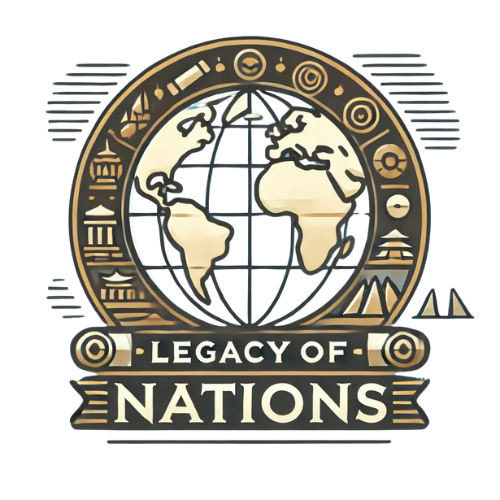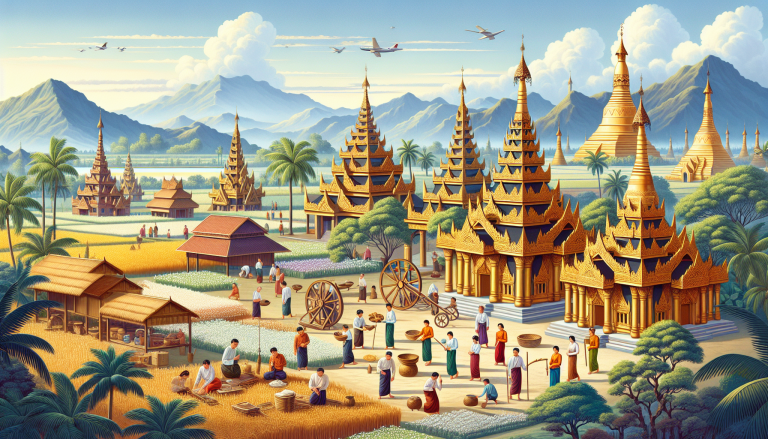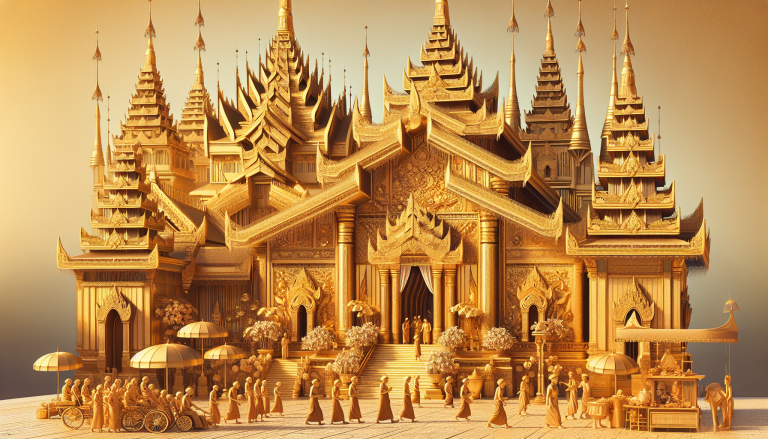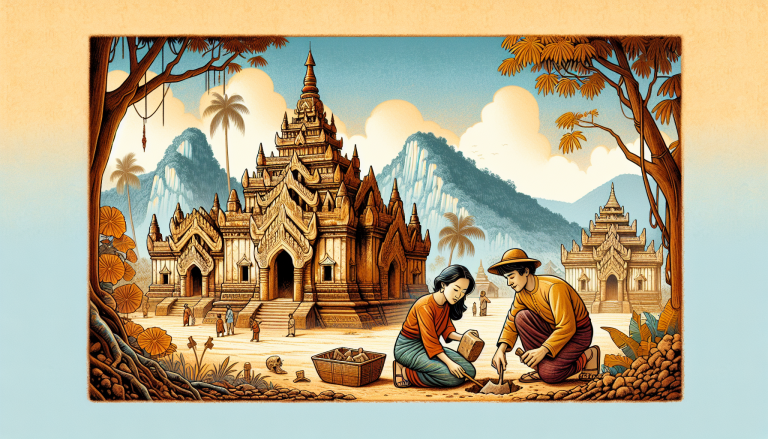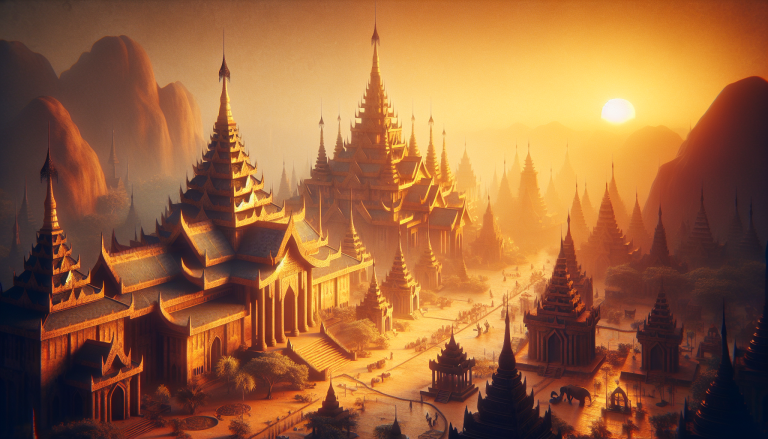Unlocking the Past: Journey through Myanmars Political Structures
Explore Myanmar’s political structures, from ancient dynasties to modern coups. Discover the history that shapes today.
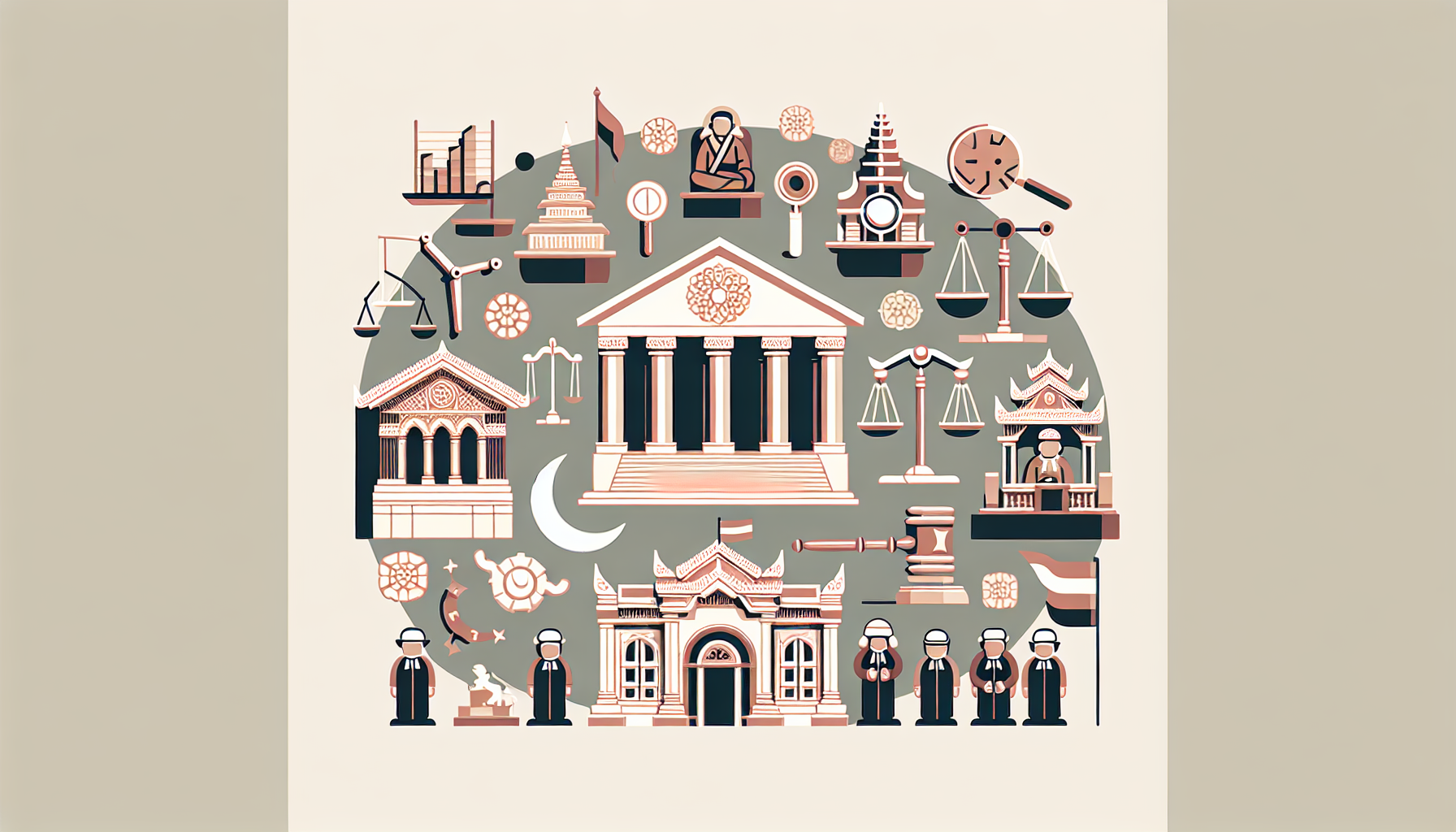
Myanmar’s Political Structure
To grasp the intricate political landscape of Myanmar, it’s essential to understand its fundamental framework of governance and the pivotal role of the President.
Framework of Governance
Myanmar’s political structure is a hybrid system, blending elements of parliamentary and presidential systems. The government operates under a unitary system as defined by the Constitution.
-
Legislative Branch: The legislative power is vested in the bicameral Assembly of the Union, comprising two houses:
-
House of Nationalities (Amyotha Hluttaw): Members are elected based on township and population.
-
House of Representatives (Pythu Hluttaw): Members are directly elected equally from regions and states.
-
Executive Branch: Headed by the President, who is elected by the Parliament through a three-committee body called the Presidential Electoral College, each committee nominates a candidate for presidency.
-
Judicial Branch: Judges are nominated by the President and confirmed by the legislature. This branch interprets the laws of Myanmar and ensures justice.
For more details on the historical background that shaped this framework, take a look at the burmese history timeline and ancient burmese dynasties.
Role of the President
The President of the Republic of the Union of Myanmar holds significant, albeit sometimes symbolic, power in the country’s political hierarchy.
- Appointment and Election: The President is selected by the members of Parliament and is not elected by the general population. The three-committee Presidential Electoral College nominates candidates, and Parliament votes on these nominations. The President serves a 5-year term (Global Edge).
- Executive Duties: The President appoints the cabinet, nominates judges, and serves as the commander-in-chief of the armed forces. Additionally, they handle executive tasks and oversee the daily operations of the government.
- National Security: The President chairs the National Defence and Security Council and generally leads the Cabinet of Myanmar.
- Current Symbolic Nature: Under the military government, the presidency’s role is largely symbolic, mainly involved in declaring and extending states of emergency (Wikipedia).
| Position | Election Method | Term Length | Main Responsibilities |
|---|---|---|---|
| President | Elected by Parliament | 5 years | Cabinet appointments, judge nominations, commander-in-chief of armed forces |
Exploring the role of the President provides insights into Myanmar’s complex political dynamics. To delve deeper into Myanmar’s political history and significant transitions, check out myanmar historical events and myanmar historical research. For travelers interested in historical sites, see historical sites in myanmar and learn about myanmar ancient architecture.
Evolution of Political Power
Understanding Myanmar’s political structures requires a journey through its rich history. From ancient dynasties to modern governance, the country’s political scene has been shaped by a complex interplay of internal dynamics and external influences.
From Toungoo Dynasty to Modern Governance
Your exploration of Myanmar’s political structures begins with the Toungoo Dynasty, which ruled from the 16th to the 18th century. This period saw the consolidation of power and significant territorial expansion. The monarchs ruled with an absolute grip, and their influence spread across Southeast Asia. Take a deeper dive into the burmese monarchs for more insights on their reign.
As you journey forward in time, Myanmar’s governance evolved towards a unitary assembly-independent presidential republic under its 2008 constitution. The transition from full monarchy to modern governance involved significant changes, including the establishment of a presidential system. The president is elected by members of parliament, not the general populace, through the Presidential Electoral College (Wikipedia).
For those curious about the fascinating transitions, visit the pages dedicated to ancient myanmar civilizations, myanmar ancient culture, and the bagan kingdom history.
Military Influence in Politics
Myanmar’s political landscape has been markedly influenced by its military. Known locally as the Tatmadaw, the military’s involvement began intensifying in the late 1950s and continues to affect the country’s governance through at least 2024.
In 1962, General Ne Win led a military coup that ushered in a twenty-six-year period of military rule. This era, marked by authoritarian governance and economic decline, laid the foundation for ongoing military influence in politics. For specifics on historical events, look at myanmar historical events and burmese historical figures.
Myanmar attempted a political and economic transition process beginning in 2011 with a quasi-civilian government. The 2015 elections were a significant milestone, introducing democratic governance structures. However, the 2021 military coup has set back these efforts, leading to widespread protests and political instability.
To further understand how deep-seated and complex the military’s role is within Myanmar’s political structure, you can read more about the military coups and their impact on myanmar ancient architecture.
| Period | Key Political Change |
|---|---|
| 16th-18th century | Absolute monarchy under the Toungoo Dynasty |
| 1962-1988 | Military rule led by General Ne Win |
| 2011-2015 | Quasi-civilian government and economic transition |
| 2021 | Military coup and political instability |
By understanding these pivotal milestones, you gain a richer perspective on Myanmar’s political structures. Explore related topics such as ancient myanmar scripts and myanmar historical documents to deepen your knowledge of this fascinating country’s history and governance.
Transition Periods and Coup Fallout
Democratic Transitions and Setbacks
Myanmar has experienced a complex journey through political transitions. The country began its political and economic transition process in 2011 under a transitional military government. This phase saw the opening of the political system leading to the first democratic elections in 2015, which marked a significant milestone in Myanmar’s history.
During this period, the political landscape in Myanmar started to shift towards democracy with increased citizen participation and the emergence of various political parties. However, despite these promising developments, democratic progress was fraught with setbacks. Challenges included maintaining military influence within the government, managing ethnic conflicts, and ensuring economic stability.
Impact of the 2021 Military Coup
The military coup in February 2021 significantly set back the democratic transition and developmental progress made over the past decade. The coup led to notable economic and socio-political consequences. One of the starkest impacts was the significant economic downturn, with the economy contracting nearly 20% in 2021, reversing modest gains in poverty reduction achieved in previous years.
| Year | Economic Growth (%) |
|---|---|
| 2018 | 6.4 |
| 2019 | 6.3 |
| 2020 | 1.9 |
| 2021 | -20 |
In the wake of the coup, widespread protests erupted, and a civil disobedience movement emerged against the military junta. This movement included tens of thousands of participants, from health workers to teachers. Various opposition groups coalesced to form the National Unity Government (NUG), aiming to seek a unified approach towards a post-junta Myanmar (Council on Foreign Relations).
The establishment of the NUG, alongside its armed wing, the People’s Defence Force, marked a significant phase in Myanmar’s struggle for democracy. However, the military’s brutal crackdown involved the use of live ammunition against protesters, mass arrests, and widespread accusations of human rights abuses. By late 2021, the military had killed at least 1,500 people and arrested over 8,000 individuals, leading to international condemnation (Council on Foreign Relations).
For more information on Myanmar’s turbulent political history, you might want to explore our sections on myanmar history and culture and myanmar historical events. Additionally, understanding Myanmar’s socio-political dynamics could be enriched by delving into the burmese history timeline and the impact of theravada buddhism in myanmar.
Ethnic Conflicts and Humanitarian Challenges
Myanmar’s diverse ethnic landscape has been a source of both cultural richness and persistent conflict. As you explore the political structures of Myanmar, understanding these ethnic divisions and the resulting humanitarian challenges is essential.
Ethnic Divisions and Armed Conflicts
The roots of ethnic conflicts in Myanmar are deep, stemming from divisions that began under British colonial rule. Discrimination and lack of recognition have fueled long-standing tensions between the military, also known as the Tatmadaw, and more than a dozen ethnic armed organizations. The conflict is primarily driven by issues related to autonomy, citizenship, and resource control.
Ethnic armed organizations such as the Kachin Independence Army (KIA), Karen National Union (KNU), and the Arakan Army (AA) have been in continuous conflict with the military. This ongoing strife has made Myanmar home to one of the world’s longest continuing civil wars. A particularly severe example is the plight of the Rohingya, a predominantly Muslim ethnic minority who faced a brutal military campaign in 2016-2017. Allegations of genocide and crimes against humanity mark this period, disrupting the peace efforts initiated by Suu Kyi’s government and exacerbating ethnic violence (Council on Foreign Relations).
Economic Consequences and Humanitarian Needs
The perpetual conflict has had severe economic and humanitarian repercussions. Systemic discrimination and lack of economic opportunities have left many ethnic communities impoverished, exacerbating their grievances. Post-independence, the economic disparity and military abuses have only intensified, leading to persistent poverty and instability.
The 2021 military coup further escalated these humanitarian challenges. The military junta’s crackdown, involving live ammunition and village destruction, led to widespread human rights abuses. By the end of 2021, the military had killed at least 1,500 people and detained over 8,000. The violence and repression have caused significant internal displacement and a humanitarian crisis, drawing condemnation from international entities such as the UN and various rights organizations.
| Statistic | Impact |
|---|---|
| Deaths post-2021 coup | 1,500+ |
| Arrests post-2021 coup | 8,000+ |
| Longest continuing civil war | 70+ years |
Ethnic divisions and conflicts have also impeded economic development, with millions of people in need of humanitarian assistance. The conflict has led to destruction of infrastructure, disrupted markets, and hindered access to basic services like healthcare and education. The economic consequences have been dire, increasing the dependence on international humanitarian aid.
For travelers interested in Myanmar history and culture, it’s crucial to grasp these complexities. The ethnic conflicts and their humanitarian impact are integral to understanding Myanmar’s political structures. To dive deeper into the historical context, you might explore Myanmar historical events and myanmar history books.
